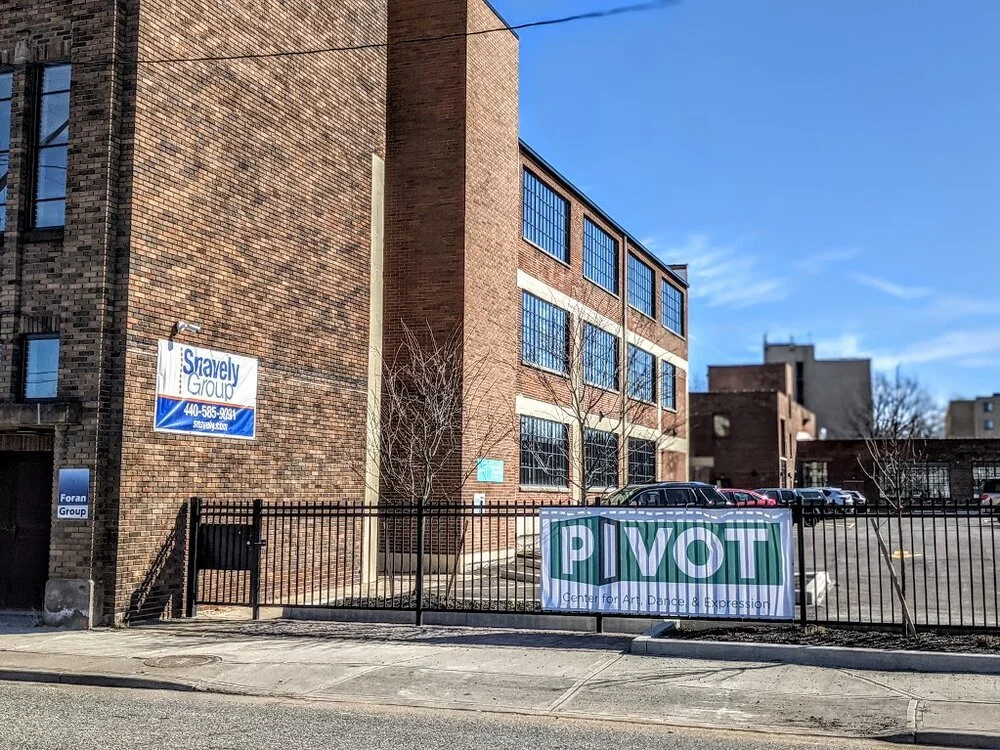Many communities in Ohio operate under zoning codes that are outdated, and reforming code can help to reduce labor, paperwork, and time in building housing that addresses community needs.
Cincinnati Hosts 1,400 Urbanists as part of National CNU Congress
New Census Numbers Show Ohio’s Population is Steady; but Long Term Outlook is More Complicated
Concretely, those counties and regions that are not expected to experience long-term population growth should not be taking on any new long-term infrastructure costs in the form of new roads or new utilities. We should not encumber future ratepayers with the costs of maintaining and repairing additional infrastructure.
GOPC Recommends Proposed Changes to 'All Ohio Future Fund' Rules
On December 11, GOPC presented recommendations for ways to improve the proposed rules for the All Ohio Future Fund, a new state program that would invest $750 million in the development of new job sites across the state.
GOPC Facilitates Exploratory Scenario Planning in Lakewood, OH
Opportunity CLE Roundtable Discusses Neighborhood Impact from CDA, FCAP Investments
Recommended Reading: the Rise and Fall of the Pedestrian Mall
The 60’s and 70’s saw similar anti-urban crisis as 2020, where urban decline fueled an exodus of residents and businesses rather than fear of contagion. In an effort to draw individuals back, several U.S. cities followed a trend long popular in Europe and began shutting down streets to vehicular traffic to create pedestrian-only zones.











